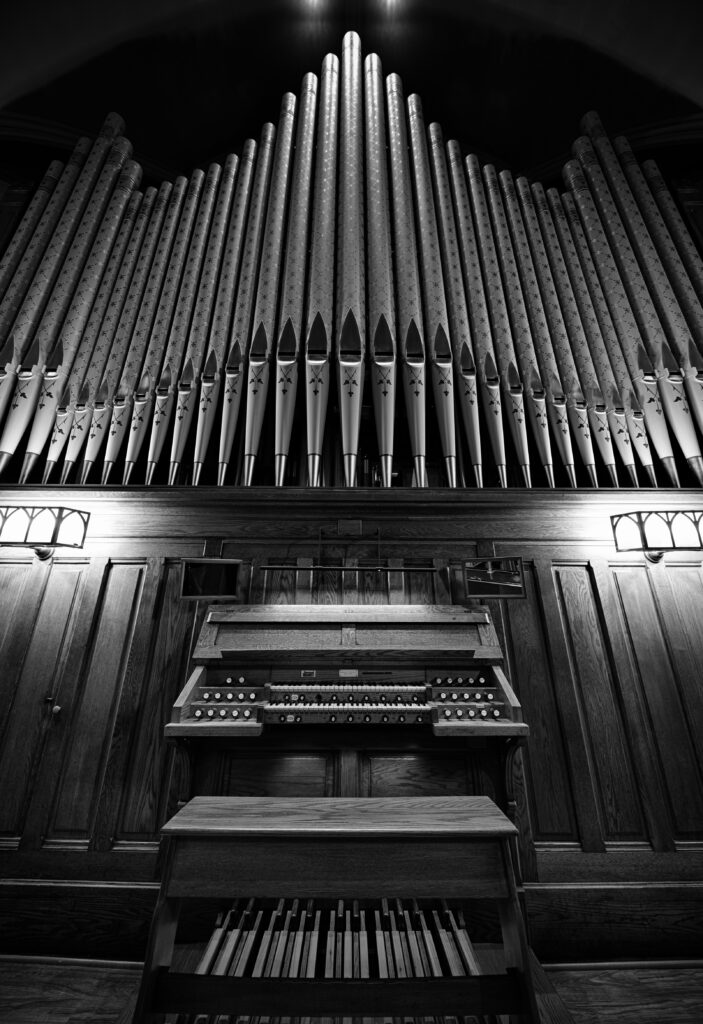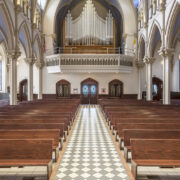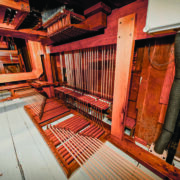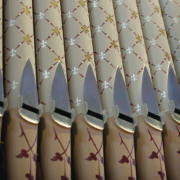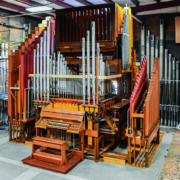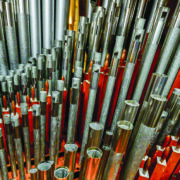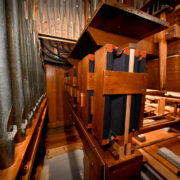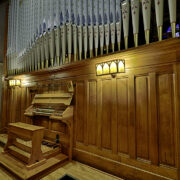St. Mary’s Church
St. Mary’s Church
Auburn, New York
Project 45 - 2017
The Carl Barckhoff pipe organ at St. Mary’s Church is thought to be the builder’s largest extant organ, and unlike most of the organs of its period, survives in a relatively unaltered condition. The only electricity used in this instrument is for the blower motor, located remotely, and console lighting; everything else is mechanically operated, even the stop combination action.
By definition, the goal of any restoration is to retain everything from the original builder, even its perceived shortcomings, allowing future generations to study and understand techniques, design concepts and tonal character of earlier builders. When considering our approach to the “restoration” of the Barckhoff, we weighed, as we do with all such projects, the value of restoring the organ in a truly historical fashion by divesting the organ of any previous modifications and affecting repairs in such a way as to preserve or reintroduce the entirety of the organ’s specified apparatus. In contrast, we considered the value of approaching the project in a fashion that respects the historical context while in some limited fashion, incorporating materials and components that improve the functionality and longevity of the organ. Noting that the church does not preserve the Barckhoff organ as a museum piece, but rather an organ that supports a rigorous liturgical schedule, we elected to take the latter approach.
In addition to a myriad of adjustments and replacement of worn leather and felt materials, 3 alterations were made to the organ. The original double-rise reservoir and wooden wind ducts had been removed years ago, in favor of modern regulators and metal and flexible wind ducts. Because the winding system is the “lungs” of the organ and affects the tone, We chose to rebuild the winding system in a style similar to the original builder, including a new double-rise reservoir. We also added two stops, which would be typical in an organ of this size: the bottom octave of the Swell 16’ Bourdon, and a 16’ Trombone in the Pedal division.
